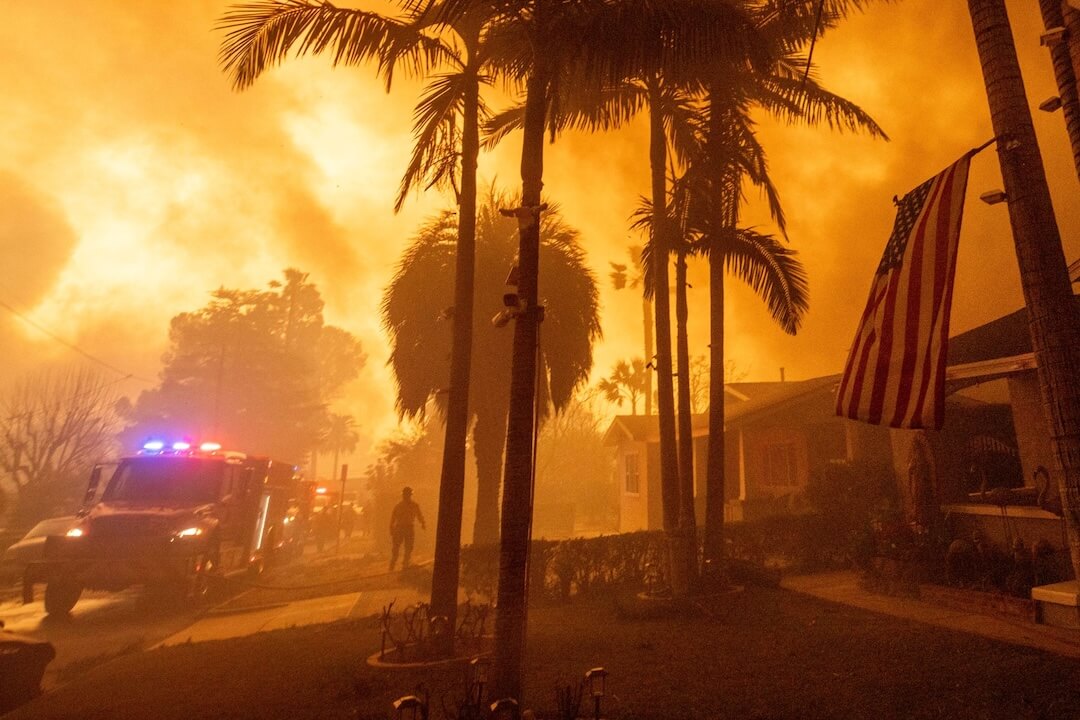Eight years ago I stopped working as a reporter for the New York Daily News and started teaching journalism to college students. I was terrified about the career change. I had been a reporter ever since I graduated college and built a 10-year career I was proud of, with more possibilities on the horizon. I didn’t really want to do anything else, and I was reluctant to try.
But life changes. I had a baby and as much as I enjoyed going to work, I wanted to be with her more. The News‘ response to other colleagues’ attempts at combining motherhood and newspapering had been along the lines of “Part Time Schmart Time.” So, remembering my high school biology teacher’s slogan for Evolution (“Adapt or Die!”), I quit and soon began teaching as an adjunct at Purchase College, State University of New York. Eventually a full-time position opened up, and I was promoted to assistant professor of journalism.
To my delight, the transition from reporter to educator has been surprisingly smooth. Teaching has far more in common with journalism than I imagined. My reporter’s skills have not atrophied as I feared, but rather, have come to my aid in the classroom. That reporter’s addiction to breaking news, that urge to inform, matches the same thrill I get from a class that goes well, when I feel I’ve told my students something they didn’t know and I can see the lights go on in their eyes. When I find an article I know will earn the interest of my class and inspire a great classroom discussion, I get that same rush I used to get when I’d collected a nugget of news that I knew would make my editor’s day and scoop the competition.
My biggest fear leaving the newsroom was that my writing skills would wither. Certainly nothing beats pounding out a daily story for keeping you deft at the keyboard, and I miss immensely the pure act of writing about what I’ve just seen. But teaching, I’ve discovered, requires the same art of prioritizing and simplifying information. If writing news stories is a combined process of filtration, organization and entertaining, writing a lesson plan is not much different. Whereas I used to plot to keep the readers (and my editors) interested at the twelfth paragraph, now I battle to keep the students awake in the fourth hour of a four-hour class, despite hangovers and bouts of mono.
Perhaps the greatest gift my background as a reporter has given me, is the fearlessness and self-confidence I developed in order to walk into wholly new situations every day and know I could cope. I still get pangs of nervousness when I enter a class and all the heads swivel to me, particularly in a large lecture hall with 40 or more students. But I remind myself what I used to do for a living and the miracles I used to pull off by deadline every day, and what I’m about to do feels all the more manageable.
I do marvel now at what my colleagues and I used to achieve every day at the paper. A story breaks, you rush to the scene, master the variables, hunt down the characters, befriend them, persuade them to talk to you, then rush back to the newsroom and bash the story out for deadline. I sometimes wonder how I will ever prepare my students for the demands of the job, particularly when they’re complaining about being unable to walk from their campus dorm to make a 10.30 a.m. lecture on time.
How do you convey to a room full of young adults the dynamic nature of journalism: having to think on your feet, to size up people quickly, to push for an interview, to analyze motives, to deal with difficult editors, to schmooze press officers, to stake out someone for hours in the freezing cold or the punishing heat? How do you reproduce all that in the classroom? One way is to tell war stories.
When I first started teaching I avoided this, thinking nobody would be interested. But I soon discovered that my tales of derring do stopped them from texting, playing solitaire or browsing the Internet. And their end-of-semester evaluations always give high praise for my on-the-job experiences and my “enthusiasm.” Now I leap around the classroom showing them how I landed an exclusive, or was thrown out of an interview, or was given the slip by my competition. I stage mock press conferences, pretending to be the police chief, say, or the fire commissioner. They love the 20 questions, game show nature of it. Journalism, they tell me, seems fun.
Of course the best way to teach my pupils how to do journalism, is to get them to do it themselves. I send them out onto the campus to find stories on deadline. They leave with long faces and looks of dread, particularly the freshmen. But they return animated, filled with tales of their experiences, challenges and victories. They’re brimming with the thrill of learning. I’m glowing from the pride of teaching. Every now and then I get an e-mail from one of my students who has graduated telling me they used a trick I taught them in class. Or, even better, I get an e-mail that goes something like “Prof. George I used to think you were a hard nut about making deadline but now I realize you were right.” I weep tears of pride onto my keyboard.
I look back now at all the emotional thrashing around I did before resigning from the News and realize that I should not have been so fearful about leaving the paper. Being a reporter certainly was one way to have a fulfilling career. But it is not the only way.





